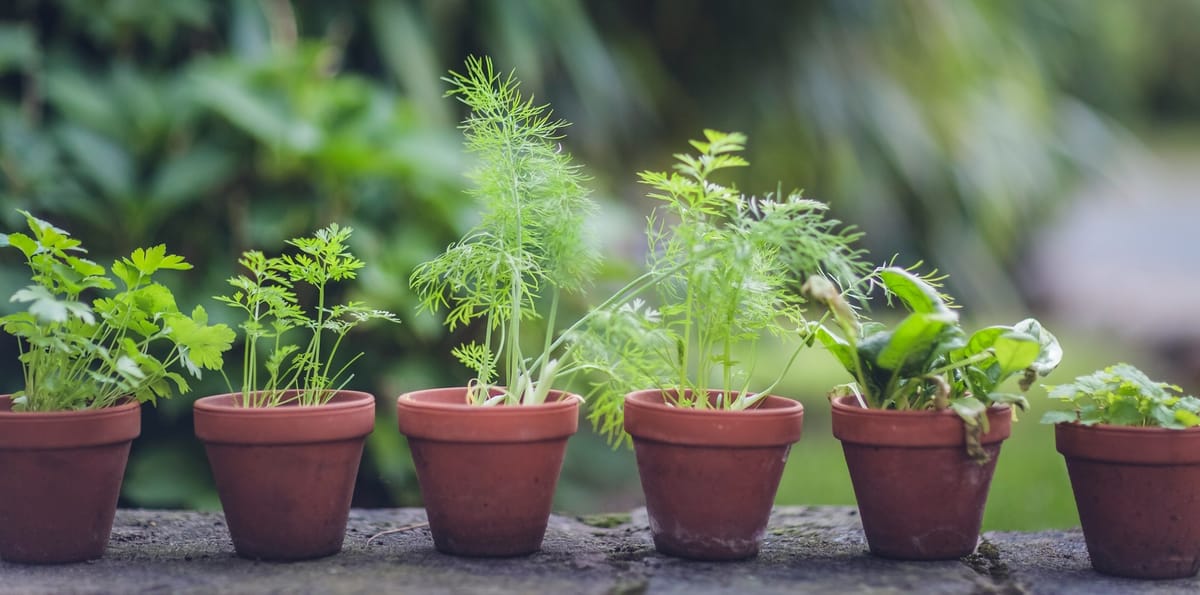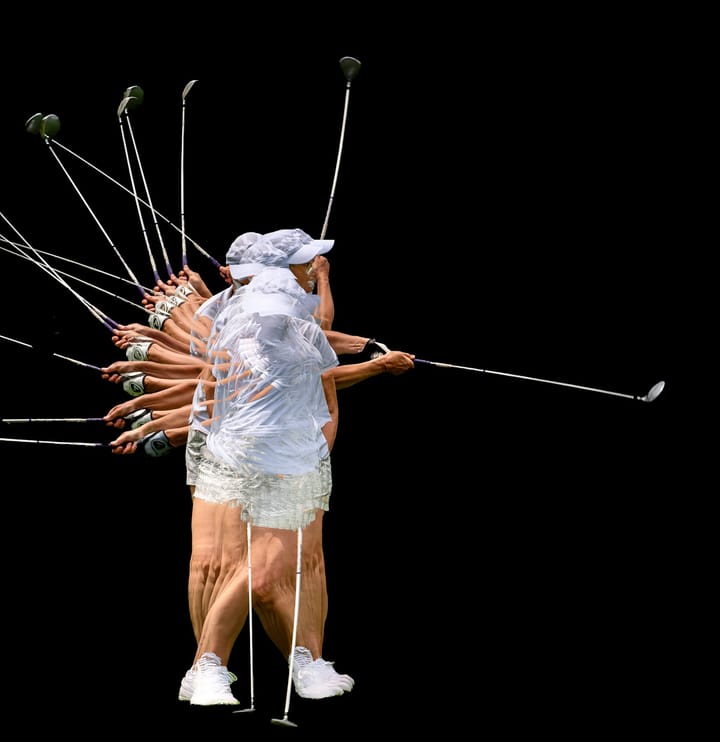Ayurveda and brain health. Are herbs our natural allies against inflammation?

Chronic neuroinflammation is increasingly seen as a central player in many brain diseases, from Alzheimer's and Parkinson's to autoimmune and metabolic brain disorders.
When the immune system in the brain goes into frenzy and fails to shut down properly, it sets off a chain reaction that damages our brain cells - and the glial cells, which support and protect brain cells.
These changes impair how the brain cells communicate, how the brain maintains its structure, and keep its protective barriers against the outer world intact.
Over time, this can affect how we think, feel, and move. It can make us sick.
Doctors often use anti-inflammatory medications to try to control this process. However, long-term use of these drugs can cause problems in the stomach, heart, liver, and kidneys.
Because of these side effects, there is growing interest in alternative methods to reduce brain inflammation, including natural remedies rooted in traditional systems like Ayurveda.
A number of herbs long used in diets and traditional healing have now been taken into scientific labs and studied in animal models. Many of them appear to reduce key inflammation markers in the brain without causing harm.
If you are searching for alternatives, this is the post to read.
What is this Ayurveda thing?
I do not practice this branch of medicine, but I have friends also "doctor-friends" that do. And they seem quite pleased with the results.
Ayurveda is a traditional system of medicine developed in India over 3,000 years ago, based on a holistic approach to health and disease prevention.
It emphasizes the balance of three biological energies, known as doshas, which regulate physiological and psychological functions. Health is seen as a state of dynamic equilibrium between these doshas, along with proper digestion, elimination, and mental clarity.
Ayurvedic interventions include medicinal herbs, personalized nutrition, detoxification, yoga, and meditation. Unlike conventional medicine, Ayurveda aims to correct the underlying imbalances contributing to disease, using individualized treatment grounded in both observation and centuries of empirical knowledge.
Ayurvedic herbs under the microscope
Modern researchers have studied several common Ayurvedic and dietary herbs in relation to anti-inflammatory effects. Here is what they found - and it´s pretty interesting.
Bacopa monnieri, traditionally used to sharpen memory, has been shown to reduce inflammation markers (like TNF-alpha and IL-1 beta) in the brains of animals with Parkinson's or autism-like conditions.
In older adults, it may improve memory while lowering inflammation-related proteins in the blood. Similarly, Centella asiatica has been found to suppress inflammation in models of stroke, anxiety, and neurodegeneration by affecting key immune pathways and increasing anti-inflammatory molecules.
Ginger, known for its strong flavor and healing properties, contains compounds like gingerol and shogaol that appear to dampen inflammatory activity in the brain. In animal models of pain, toxicity, and neurodegeneration, ginger extracts reduced inflammation-related molecules and protected neurons from damage.
Pomegranate, rich in antioxidants, shows similar effects. In models of Alzheimer's and Parkinson's disease, pomegranate extract lowered key inflammation markers and improved brain function.
Healing power in everyday foods
Indian gooseberry is another powerful Ayurvedic remedy. In studies on sleep-deprived animals and those fed an unhealthy diet, these berries reduced inflammation in the brain and improved memory and behavior.
Black pepper, a common spice, also contains piperine, which helps reduce inflammation and may boost the effectiveness of other herbs by increasing their absorption. (Piperine also helps our uptake of several molecules associated with longevity - but that's not really ayurvedic stuff - so back to the post)
Mucuna pruriens, sometimes called the dopamine bean, is high in L-dopa and used in traditional treatments for Parkinson's disease. It reduces brain inflammation and may protect dopamine-producing neurons.
Clitoria ternatea, often used as a natural food dye and memory booster, also shows promise in reducing brain inflammation in animal models of autism and diabetes.
Moringa oleifera, widely used in Indian and African cuisine, has been studied in many models of brain inflammation. Its extracts appear to reduce harmful molecules in the brain, improve antioxidant levels, and restore normal brain structure and function in various types of chemical- or disease-induced brain damage.
Date palm extracts, often made from the fruit or seeds, have also been found to lower brain inflammation and improve memory in animal models of Alzheimer’s disease and brain injury.
Turmeric, a staple in Ayurvedic medicine and Indian cooking, has been perhaps the most widely studied of all. It has been studied in trials large enough to give some solid scientific answers. Its main compound, curcumin, has been shown to cross the blood-brain barrier and reduce inflammation in both clinical trials and animal studies.
In people with mild high blood pressure or excess weight, turmeric extract improved mood and reduced inflammatory markers in the blood. In mouse models of Alzheimer’s and traumatic brain injury, turmeric reduced harmful brain proteins and inflammation.
And it seems to be a favorite of the longevity folks as well.
How do these herbs work in the brain?
These herbs all appear to reduce levels of inflammatory molecules, which are often found at high levels in brain disorders. Some also increase anti-inflammatory molecules.
Others may protect neurons by improving antioxidant activity, supporting brain cell survival pathways, and preserving communication between neurons. In many cases, the herbs improved behavior, memory, and mood in animals, suggesting they may help restore brain function, not just stop damage. For now, that's a hypothesis.
Researchers believe that many of these herbs act on multiple pathways at once, a concept that aligns well with Ayurvedic principles of holistic healing.
... in medicine, nothing is entirely black or white ...
While results from animal studies are promising, translating them into human treatments is complex. Human biology is more variable, and dosages that work in animals might not have the same effect in people.
Moreover, herbs can interact with conventional drugs. For example, piperine in black pepper can change how the body absorbs certain medications, sometimes increasing their levels in the body above the intended level.
Researchers must also look into how herbs behave when combined, since many traditional formulations use blends of plants. Standardizing herbal products is another challenge. The amount of active ingredients varies depending on the plant source, how it's processed, and how it's stored.
Despite these challenges, the scientific community is increasingly interested in exploring how Ayurvedic and dietary herbs can complement modern medicine.
With more studies and regulation, these natural remedies could one day become part of mainstream strategies to prevent and manage chronic brain inflammation and the diseases it drives.
Neither modern medicine nor alternative approaches like Ayurveda should stand alone when it comes to health.
Each system offers valuable tools. Modern medicine excels in diagnostics and treatment, while alternative medicine focuses on prevention, lifestyle, and holistic balance. Dismissing one in favor of the other often overlooks the bigger picture. Integrating both - when evidence supports it - can lead to better outcomes.
Health is personal, and the best care often lies in combining the strengths of both worlds with thoughtful judgment. And the key is common sense: treatments should be chosen based on individual needs, scientific evidence, and safety, not ideology. Well, and that's just my opinion.
Pssst - remember to subscribe to our free newsletter!
About the paper that inspired:
First Author: Kumar M. R. Bhat, India
Published: Frontiers in Nutrition, April 2025
Link to paper: https://www.frontiersin.org/journals/nutrition/articles/10.3389/fnut.2025.1487786/full




Comments ()